Health Literacy Partnership
Who we are
Founded in 2006 to encourage and support health literacy efforts across the state, the Minnesota Health Literacy Partnership is a program of Literacy Minnesota.
Mission
The mission of the Minnesota Health Literacy Partnership is to improve the health of all Minnesotans through clear health communication.
Vision
Our vision is a future where all Minnesotans can find and get clear, understandable health communication when they need it in the way they need it.
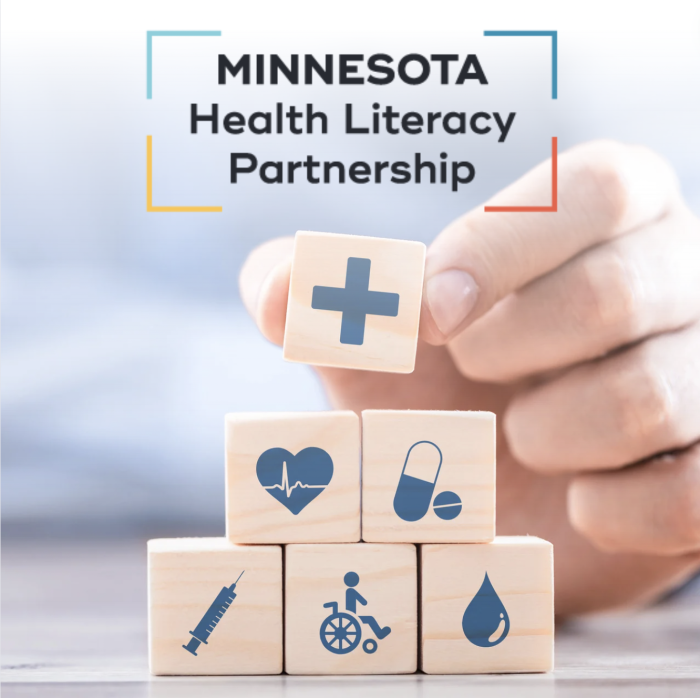
Core principles driving our work:
-
Low health literacy affects everyone in Minnesota.
-
Clear communication improves patient safety.
-
Helping health care providers communicate health information in a clear and easy-to-understand way is key to improving health literacy in Minnesota.
-
Consumers need to know it’s okay to ask health care providers questions so they can make informed choices about their health care.
Our goals:
-
Train health care providers about health literacy.
-
Empower consumers to ask for clear communication.
-
Share health literacy resources.
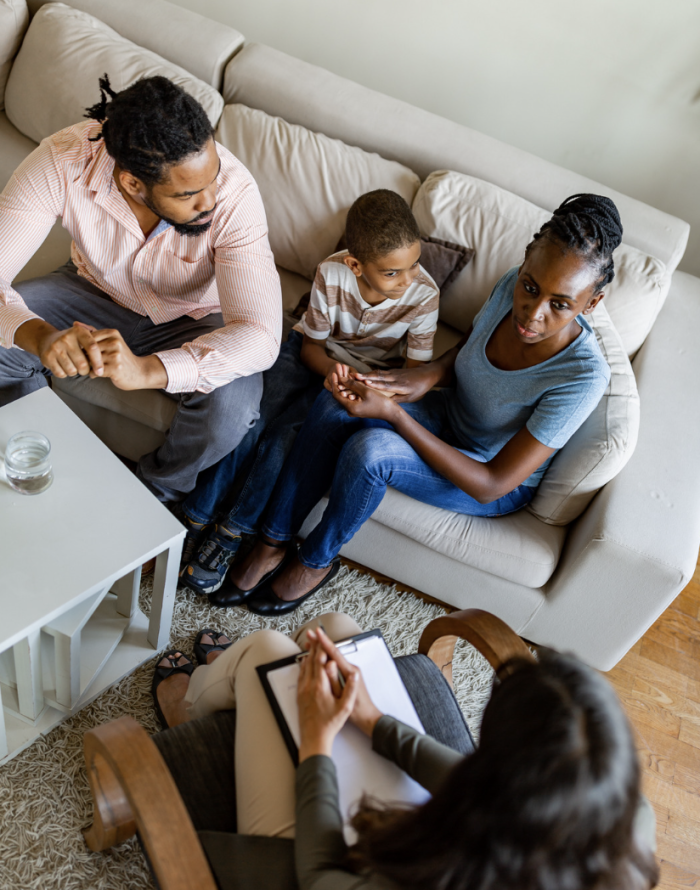
The legacy of Alisha Odhiambo
June 10, 1971 - February 27, 2023
Alisha Faye Ellwood Odhiambo was a world traveler, singer, and dedicated advocate for health literacy, health equity, and language access in Minnesota. She was the founder and first chair of the Minnesota Health Literacy Partnership from 2006 until her unexpected death in 2023. Through the Partnership, Alisha pioneered statewide health literacy efforts including training for consumers, educators, providers, and other professionals, and empowering families and communities to seek clear health information.
In 2018-2023, Alisha co-led three statewide health literacy conferences focused on raising awareness and building knowledge in health literacy, plain language, numeracy, cultural humility, and language access among physicians, nurses, dentists, pharmacists, public health and allied health professionals, policymakers and the media. She was also integral in securing two health literacy proclamations from the State Governor’s Office (2022, 2023). We all learned from Alisha’s wealth of knowledge and mentorship. Her dedication and drive to make health information accessible and understandable to all Minnesotans inspires our work today.
To honor Alisha’s legacy, the Minnesota Health Literacy Partnership created the Alisha Odhiambo Scholarship Program.

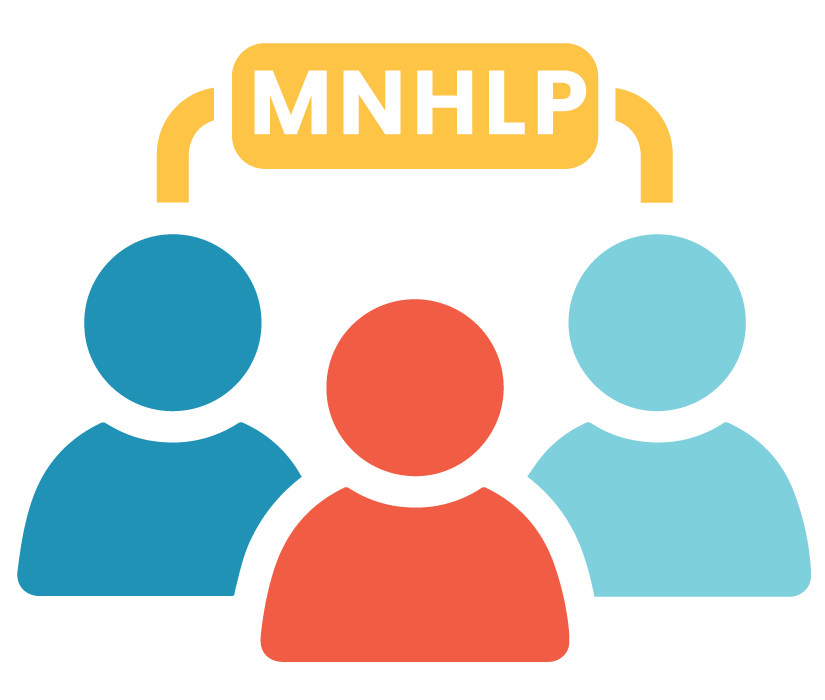
Partnering for the Health of all Minnesotans.
Allina Health
Blue Cross and Blue Shield of Minnesota
Essentia Health
Fairview
Gillette Children’s
HeadStart
HealthPartners
Minnesota Department of Health
Olmstead Medical Center
UCare
University of Minnesota
It's simple to join the Minnesota Health Literacy Partnership.
We welcome:
-
Health care systems (clinics, hospitals and health plans)
-
Health care providers (clinicians, nurses) and team members (support services)
-
Community organizations
-
Social service agencies
-
Public health organizations
-
Colleges and universities
-
Consumers or anyone interested in health literacy
Members attend monthly meetings and make decisions about programs and structure. Member benefits include:
-
Monthly networking and informational meetings
-
Health education materials and training courses
-
Invitations to special events
-
Connecting with national efforts to improve health literacy
-
Networking with both local and national experts
-
Support for your organization’s health literacy efforts
By uniting in a statewide collaborative effort, partners can call attention to the challenge of low health literacy. Together, we can live our mission, reach our shared goals and spread awareness to others.
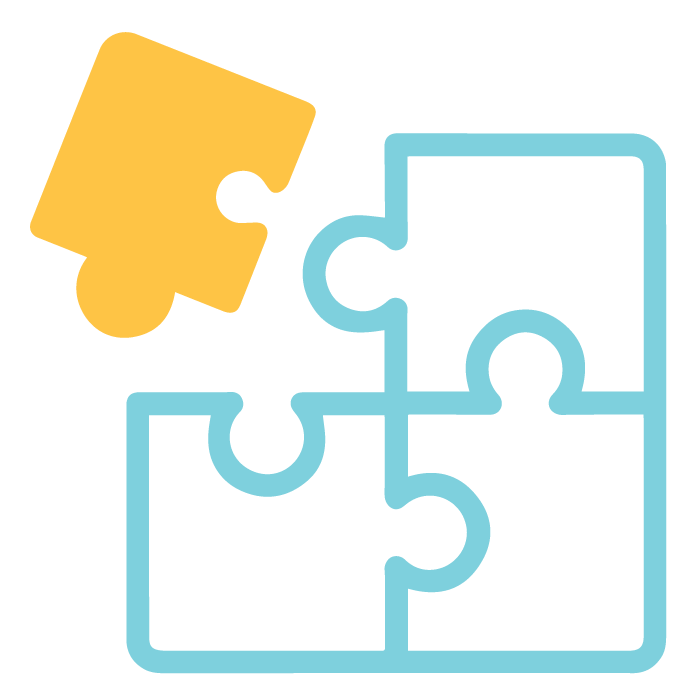
Health Literacy Matters.
What is health literacy?
The U.S. Department of Health and Human Services’ Healthy People 2030 initiative refers to both personal health literacy and organizational health literacy and offers the following definitions:
-
Personal health literacy is the degree to which individuals have the ability to find, understand, and use information and services to inform health-related decisions and actions for themselves and others.
-
Organizational health literacy is the degree to which organizations equitably enable individuals to find, understand, and use information and services to inform health-related decisions and actions for themselves and others.
At the Minnesota Health Literacy Partnership, we define health literacy as “a person’s ability to obtain, understand and act on health information, and the capacity of health care providers and health care systems to communicate clearly, educate and empower patients.”
This means that a health-literate person is one who can find and use health information. This goes both ways. A health-literate provider is one who can deliver health information to patients clearly.
Health literacy is also a person’s ability to do basic health care tasks:
-
Understand an appointment slip
-
Follow directions on a prescription label
-
Get information about a disease or illness
-
Understand and act on information about informed consent
-
Sign up for a health insurance plan
Health literacy matters
Most people are familiar with general literacy, which is often shown with the simple question “Can you read?” General literacy refers to basic skills needed to hold a job and get through the day – the ability to read, write, listen, speak and perform basic math calculations.
Often sufficient in everyday situations, these skills may not be enough when a person enters the complex world of health care. In fact, only 12% of literate Americans are able to understand health information.
Even many highly educated people have a hard time understanding health information. For instance, a lawyer may have trouble figuring out their medication schedule while on a business trip. A computer programmer may wonder if they can drink coffee before a lab test that calls for fasting. Busy parents may spend time searching the local drug store for the right medicine to lower a 5-year-old child’s fever.
The Minnesota Health Literacy Partnership created a list of free resources to help educate people and health care professionals about the importance of health literacy. To learn about these tools and resources, go to the Resources tab.
Scope of the health literacy problem
Low health literacy is a universal problem. Nearly half of American adults – 90 million people – have trouble understanding and applying health information. In fact, studies show that low health literacy affects a person’s health status more than any other factor, including education, income, employment and race.
The effects of low health literacy can be devastating and are a major source of inefficiency in our health care system. People with low health literacy:
-
Have poor health outcomes
-
Spend more on health care
-
Find it hard to manage chronic conditions and health
-
Don't think about preventive care
-
Are less likely to follow treatments and instructions
-
Stay in the hospital longer and visit the emergency room more than those with higher health literacy
-
Often feel guilty to ask for help with making health care decisions
Think about these statistics:
-
The cost of inadequate health literacy is estimated to add an additional $106 to $238 billion cost to the health care system (Center for Health Policy Research)
-
7-17% of all personal health care spending is tied to low health literacy
-
Inpatient spending for someone with low health literacy was $993 higher than for patients with enough reading skills
-
Those with low health literacy experience average health care costs of $13,000 compared to $3,000 for those with higher literacy levels
-
Medicare managed care enrollees are 29% more likely to be hospitalized if they have low health literacy skills
-
Medicaid enrollees with diabetes are less likely to have good blood sugar control if they have limited health literacy
By focusing on plain language, businesses can avoid the following consequences:
-
Greater costs and spending
-
More support calls due to unclear communication
-
Poorly filled out forms and applications
-
Too much time spent explaining and resolving misunderstandings
-
More customer complaints
A SOLUTION – PLAIN LANGUAGE
Plain language is a tool used to make health literacy better. Plain language allows your message to stand out, shows patient focus and helps patients live safely by removing barriers to care and well-being.
Here are some concepts of plain language:
- Everyday words. Use simple, clear and understandable words. When you must use complex medical terms, make sure to define them.
-
Keep content short. Create short sentences, stick to a couple of ideas and don’t use too many “filler” words such as adverbs.
-
Use active voice. Keep the subject front and center by naming who’s doing what action. Don’t overdo it with passive voice verbs.
-
Common-sense organization. Put the most important topics at the beginning. Consider a Call-To-Action box when creating written communications.
-
Easy-to-read design items. Use bullet points and headings so your content stands out more.
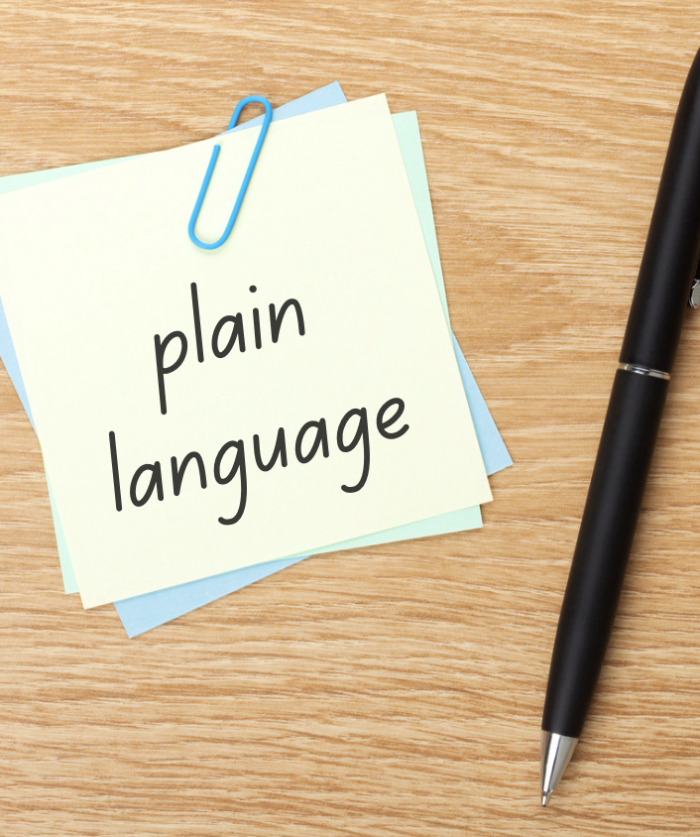
Healthy literacy and health equity
What is health equity?
The Minnesota Health Literacy Partnership recognizes the Robert Wood Johnson Foundation’s (RWJF) definition of health equity: “Everyone has a fair and just opportunity to be as healthy as possible. This requires removing obstacles to health such as poverty, discrimination, and their consequences, including powerlessness and lack of access to good jobs with fair pay, quality education and housing, safe environments, and health care.” We succeed in health equity when all persons can accomplish their full potential for health and well-being.
Watch this video to learn more about health equity and the related factors that give way to health inequities and health disparities.
Health equity and health literacy are interconnected. One of the many ways to achieve health equity is to promote clear, simple and concise communication. We should be communicating effectively to tell people about health, things that impact it and how to make it better. To help connect the dots between health equity and health literacy, read this article published by the Office of Disease Prevention and Health Promotion.
![]()
Here are some resources for health care providers and consumers looking for more information on health literacy.
This is not a full list of all available health literacy content. It includes websites that our partnership members have found useful. The links below will take you outside the Minnesota Health Literacy Partnership website. We hope you find these resources helpful.
For health care providers
For consumers
![]()
We value sharing resources and educating others about the importance of health literacy.
We continue to release new projects to help us achieve our mission. Below are some initiatives that we have launched or are connected with through our community partnerships. Check back for updates.
Alisha Odhiambo Scholarship Program
The Alisha Odhiambo Scholarship is currently funded by Blue Cross and administered by the Minnesota Health Literacy Partnership, a program of Literacy Minnesota. One scholarship will be awarded each year during the nationally recognized October Health Literacy Month.
Our Back to Basics webinars cover:
-
An introduction to health literacy
-
The teach-back method
-
Plain language
-
How health literacy affects health equity
Northstar Digital Literacy
The mission of Northstar Digital Literacy is to help individuals around the world master the digital skills needed to work, learn and participate fully in daily life. Northstar provides curricula, individual online learning and online assessments in essential computer skills, essential software skills and using technology to accomplish tasks.
The Exchange
The Exchange is coalition of Minnesota-based providers working together to make multilingual health education material more accessible. We exchange information and resources about health communication and share multilingual health materials.
The Exchange resources and information are open to everyone, but our online library of translated health materials and our forum are for members only.
Exchange partners support the Exchange by joining for an annual fee. Partners have access to all materials in the Exchange online library of translated health materials.
